FS Colour Series: BLUE QUARTZ Inspired by Mary Cassatt’s Crisp Blue
With her remarkable sleight of hand, American Impressionist painter Mary Cassatt was able to capture the breezy, airy effortlessness of daylight falling across the clothing and skin of her subjects. Cool pastel shades like BLUE QUARTZ were one tool in her armoury that she would return to over and over, for its ability to convey the crisp luminescence of the waking hours, as her sitters carried out their day-to-day activities, enjoyed quiet interludes of contemplative solitude, or basking in a warming shaft of sun.
Cassatt was born as Mary Stevenson Cassatt in Allegheny City (now in Pittsburgh), Pennsylvania in 1844. She travelled through France and Germany in her childhood, giving her the first taste of life in Europe. After training at Pennsylvania’s Academy of Fine Arts, she travelled to Paris in 1865, where she took on private lessons with master painter Jean-Leon Gerome, and studied with Edouard Frere and Paul Soyer. During the early 1870s, Cassatt travelled widely across Europe, visiting Italy, Spain, Belgium and Holland, copying work by the old masters as a means of perfecting her academic painting skills.
On her return to Paris in 1874 Cassatt found success with the Parisian Salon, yet she began to move away from the rigorous, academic approach following her friendship with the French Impressionist painters, particularly Edgar Degas. Her painting style became increasingly freer and looser during this time, while still retaining the same skilful observations of her earlier work. Cassatt’s Impressionist paintings focussed predominantly on women and children, a subject she had ready access to in her home surrounded by friends and family, and she observed her sitters with a quiet sensitivity, noting their subtle body movements and shifting temperaments, as well as the flickering patterns of light on their hair, skin and clothing. She went on to take part in four of the Impressionists’ exhibitions, cementing her allegiance with the group.
In Young Girl at a Window, 1883-4, the young woman is seated on a balcony, while the fresh outdoor light casts pale blue shadows across her crips white clothing. Liminal spaces like this were a recurring theme in Cassatt’s works, and many have likened them to the shifting role of women during the late 19th and early 20th century, when they were caught between the traditional domestic expectations and the widening opportunities of modernity.
Cassatt’s slightly later painting Mother and Child, 1889, demonstrates Cassatt’s increasingly loose and informal style as her confidence with the Impressionist technique grew. Areas of the background are left raw and seemingly unfinished, while detailed work on the figures in the foreground pulls our attention in. While set inside, the painting is awash with daylight, as the women’s fresh blue clothing is as bright and luminescent as a summer sky, contrasting with scattered accents of brown, orange, and caramel.
Made some years later, Cassatt’s deeply contemplative Girl in a Bonnet Tied with a Large Pink Bow, 1909, is more polished and considered, capturing a young girl dressed up for an event, caught seemingly unaware with gaze averted in a tranquil outdoor setting. The shimmering chiffon texture of her dress is painted with loose, expressive brushstrokes which weave through shades of white and pastel blue, conveying the breezy vitality of the open air, even if the sky is out of view. Cassatt contrasts this sparkling shade of blue with the warm salmon pink of the girl’s bow, creating a high contrast of cool and warm, which jumps out from the calming sea of green grass and lush plant life that disappears into the far distance beyond.





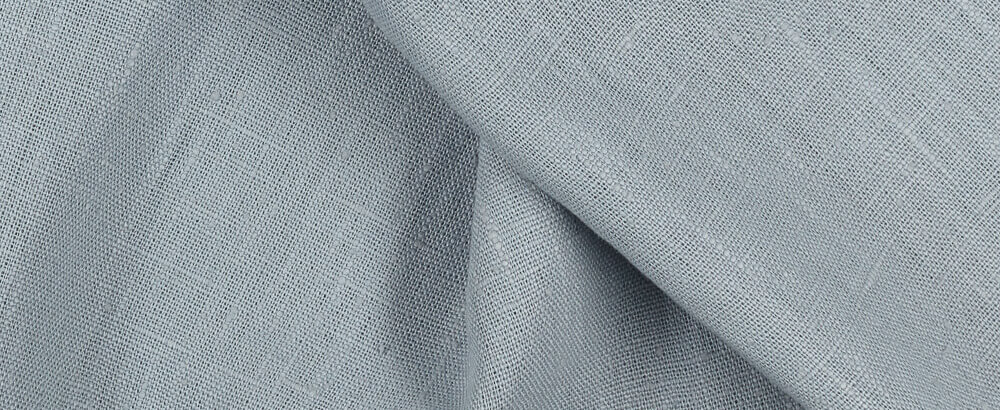
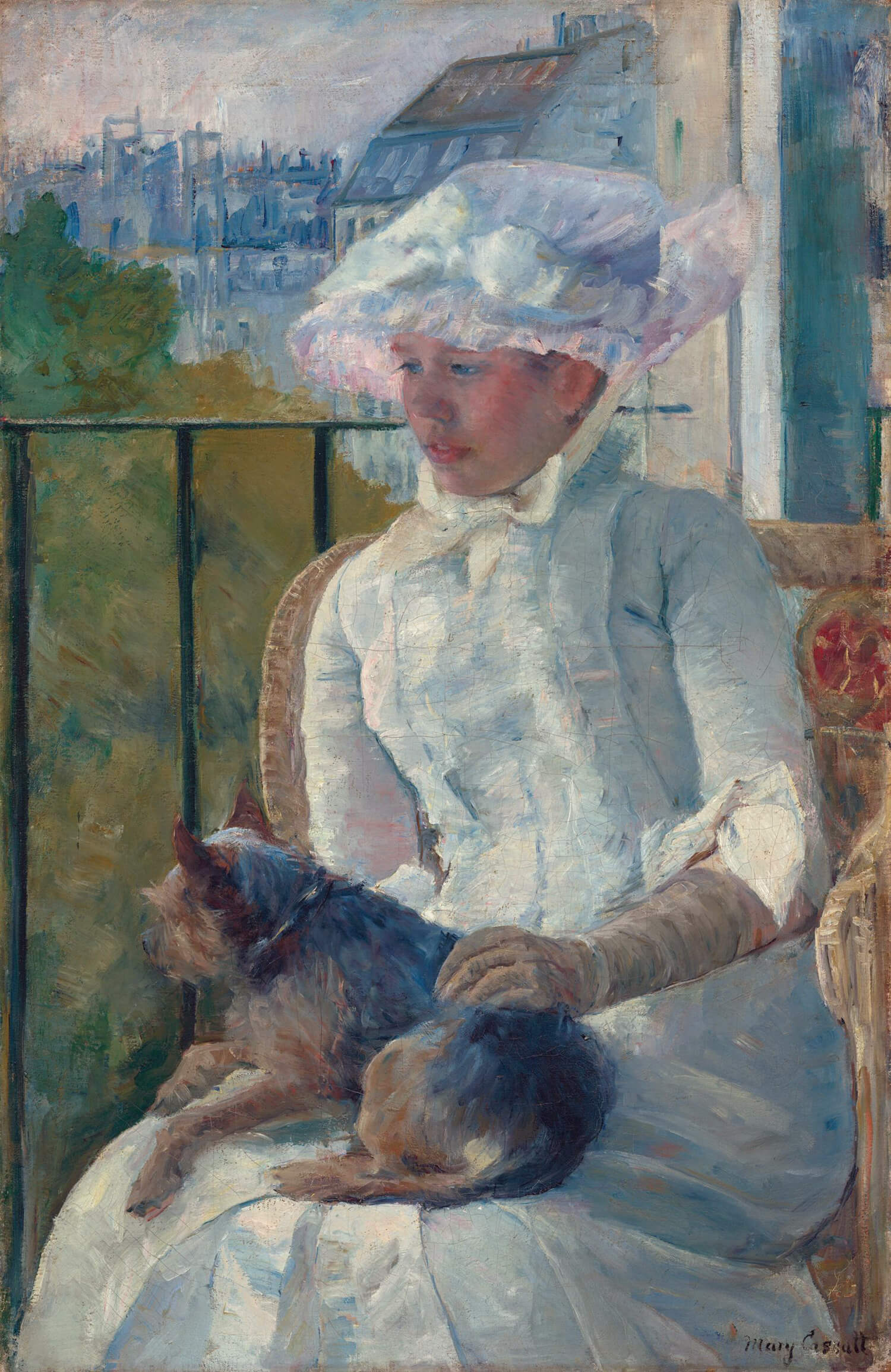
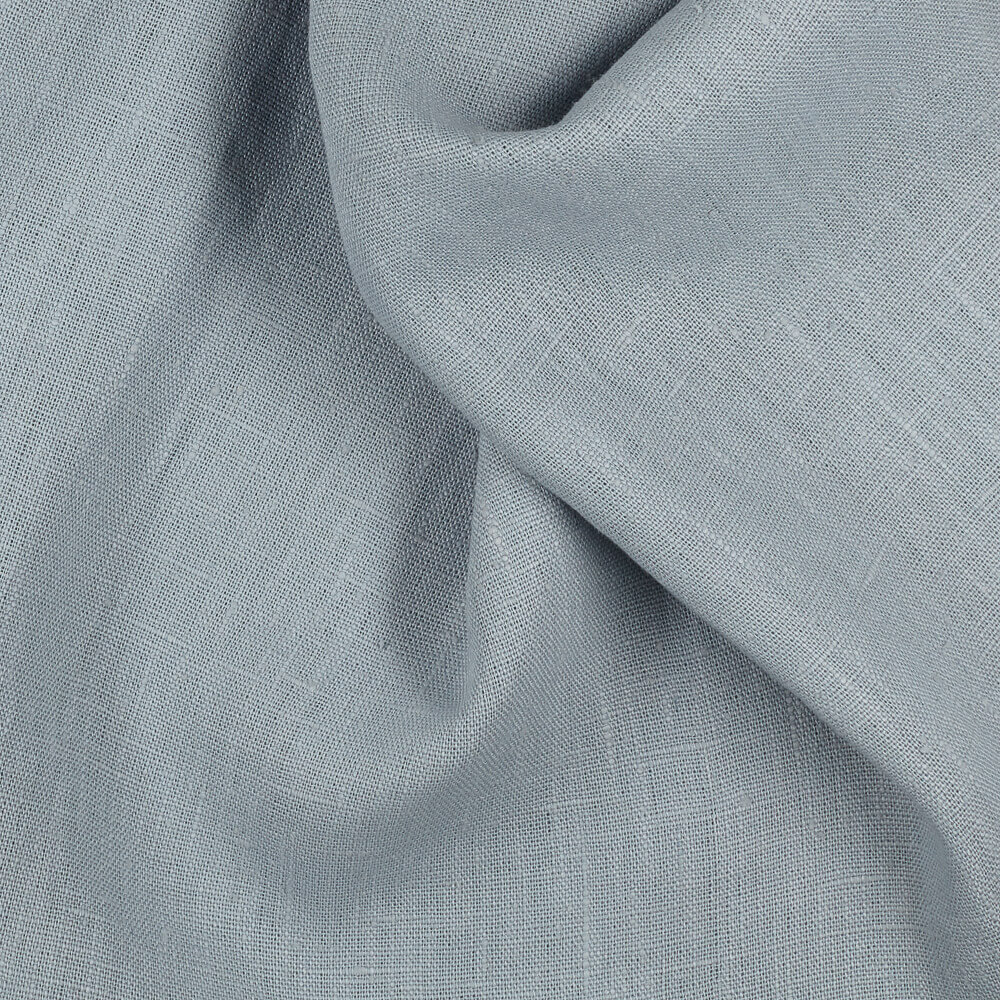
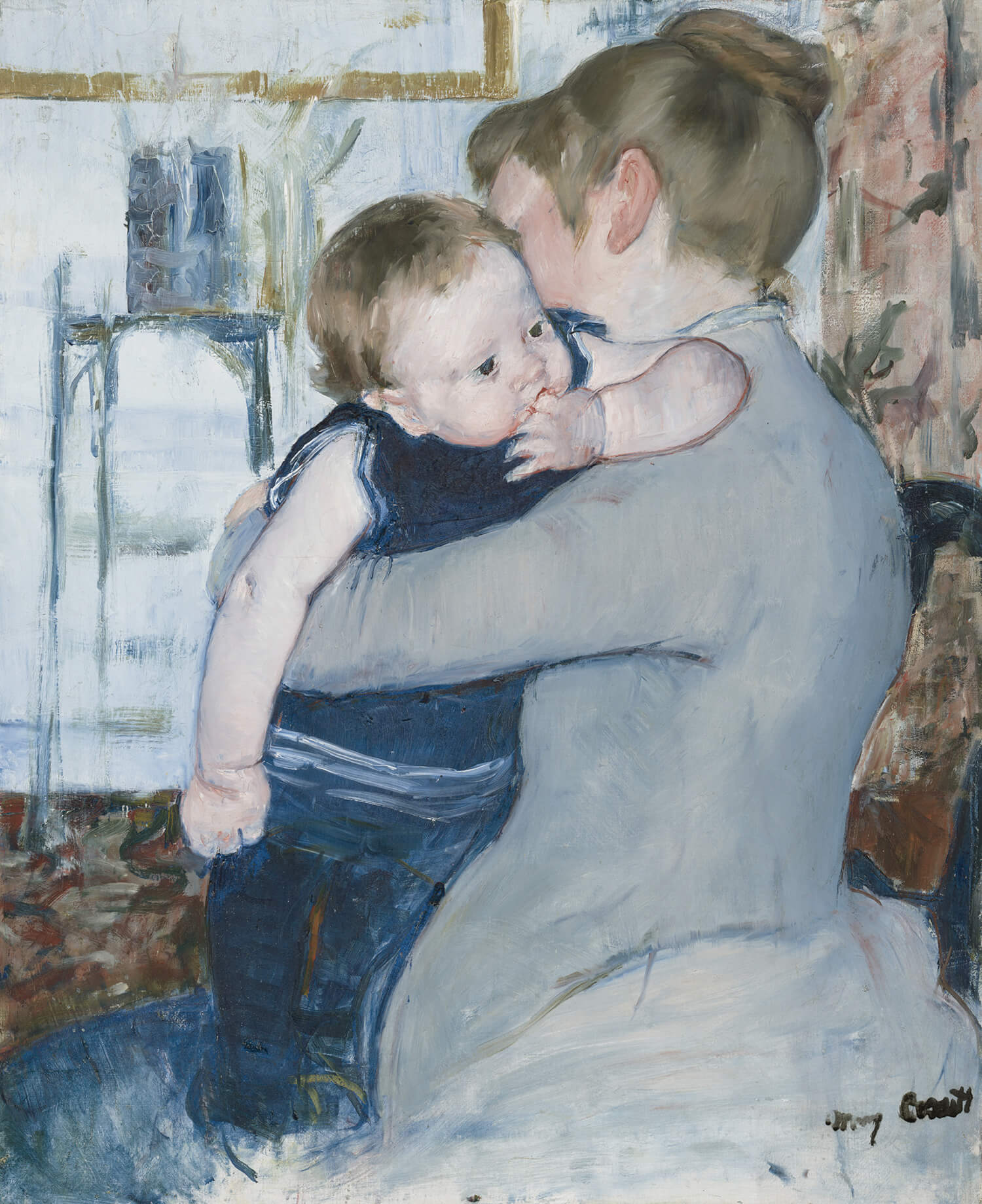
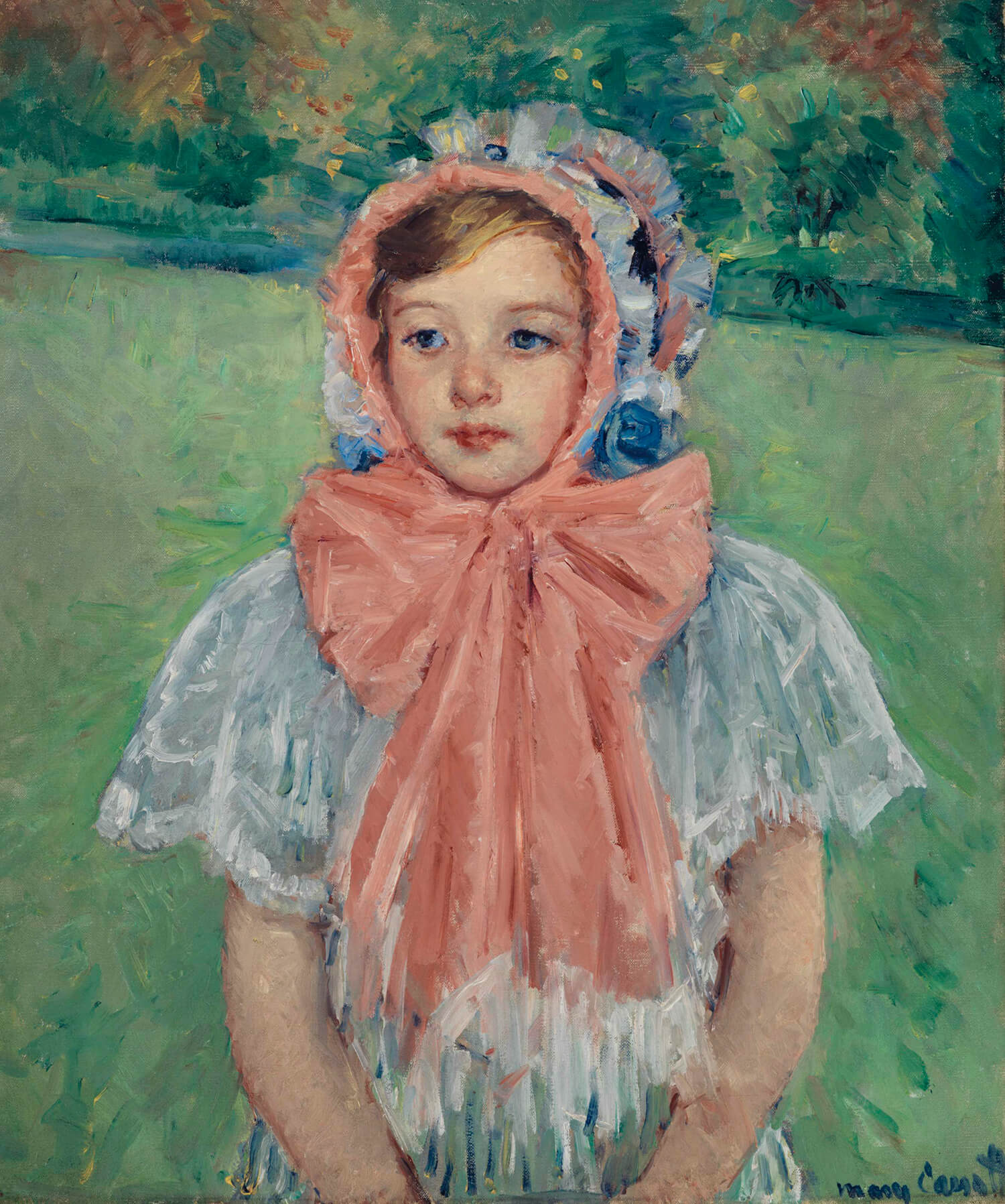





















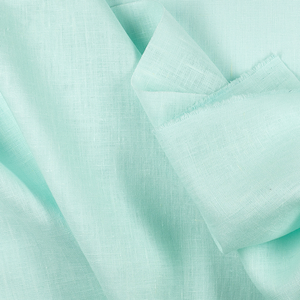
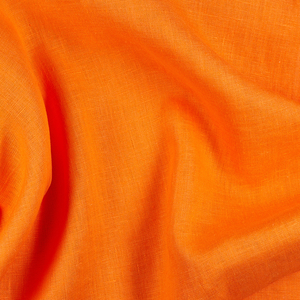

















Leave a comment